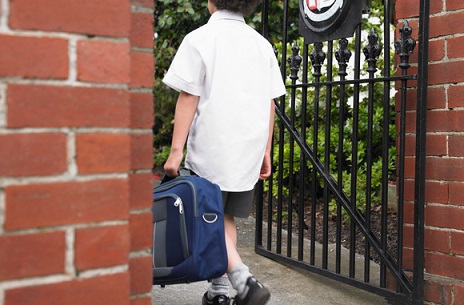
An alternative school is a facility designed to accommodate educational, behavioural and medical needs of children that cannot be adequately addressed in a regular school environment.
The Engaging Students in Engaging Schools: lessons from Queensland’s alternative education sector report – released yesterday – explored how these schools attempt to meet the needs of students who have disengaged from mainstream education.
To gain a better understanding of this, researchers from Griffith University and the University of Queensland surveyed 154 students learning across 15 alternative schools.
According to the report’s findings, 50% of students surveyed said they left mainstream schools because of teachers, while 43% said the schools were “boring” and 41% said they left because of poor results.
Of those enrolled at alternative schools, 66% were aged 16 or under and 8.78% identified as Aboriginal or Torres Strait Islander. Half of the young people surveyed who were not in any form of education were aged 15 or under and 41.67 identified as Aboriginal or Torres Strait Islander.
However, the report also found that while alternative schools meet the needs of some of the most marginalised young people in society, there are other young people in mainstream schools who are disengaged from the learning process and have very little connection to their school.
“There is much that mainstream schools can learn from ‘successful’ alternative schools in order to provide an education that caters to a wide range of students,” the report’s authors stated.
They noted that in each of the sites they visited there were students who were prepared to travel long distances, often on public transport, to attend the school.
“Important to this commitment was the way in which the workers within the sites were perceived by students as being concerned with more than their academic needs,” the researchers said.
“In every site students commented on the approachability of the teachers, the respect shown to them by teachers and on the other forms of support that their school provided.”
The report suggested that schools of this type play a significant and important role in the re-engagement of students who have either rejected or been rejected by mainstream education.
However, it noted the major adversities, in terms of security of funding, job security and working conditions that confront workers in these sites which affect the stability of the programs offered and long term sustainability of the sites.
“We have also stressed that these sites need to be regarded as providing a real and meaningful ‘alternative’ and not be used as dead end pathways for students deemed to be not suited to mainstream education,” the researchers said.
“If the Federal Government agenda to obtain 90% Year 12 attainment by 2015 is to be achieved, then those practices found within these alternative sites which have encouraged students marginalised from schooling to reengage with education will need to be valued within the mainstream.”
Related stories:
Why home education is on the rise in Victoria
Why ‘Steiner schools’ are on the rise


